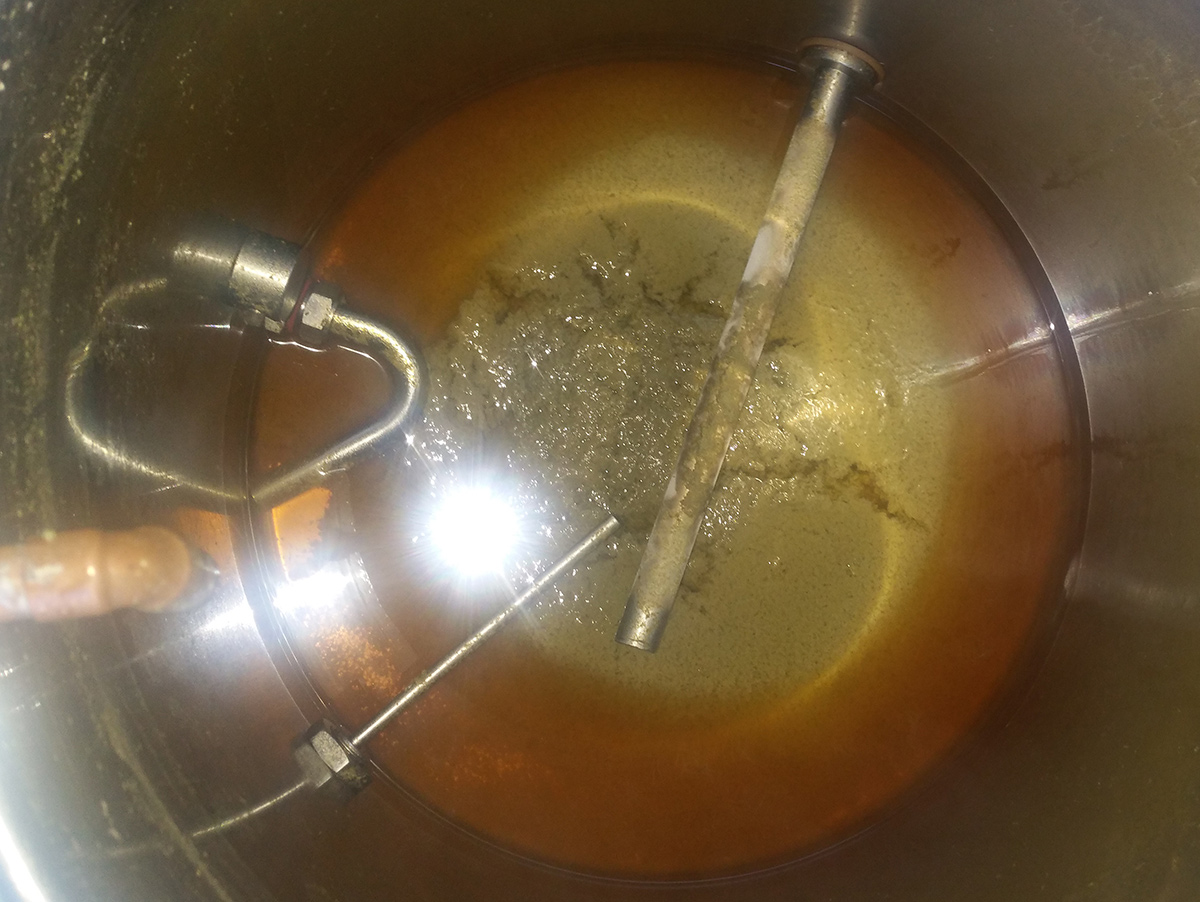Yow will never get a good whirlpool in a domed kettle, great big chunks of metal sticking into the kettle wont help either. So fair to say you're starting a fair way behind the optimum.
To get a really good whirlpool separation the wort height to diameter should be not more than 1:1 and ideally 1:2 (that is the liquid should be up to twice as wide as it is deep. Anything designed for the job will have no obstructions (elements, pickup tubes, sensors...) to cause eddies and secondary vortexes.
Do all that and you can get nearly all the wort out and leave very little except trub behind and that will be nicely parked in the middle.
You can ignore cold break, unless there is a ridiculously large amount its a yeast nutrient. The only people who need to be concerned are those using very inferior malt (6-row) or lots of unmalted adjunct.
One of the half dozen or so reasons to boil a wort is to get the hot break (well - what its made of) out of the beer. So removing hot break as well as possible is a good idea.
The sad truth is that as a home brewer you really can't filter wort effectively, anything that does filter it will block up very quickly, if its coarse enough not to block up it's going to let lots of crud through. The alternative is to filter the beer through a hop back, these do work but they need hop flowers, and need to be quite deep, in the order of 2-300mm for a home brew batch (up to meters in old UK breweries).
You might use a hop sock to reduce the total amount of kettle trub (hop fragments, hot break, finings...), but they reduce the utilisation and extraction of the hop products - you need to use more hops to get the same effect (tradeoff)
Given that you wont get a really good whirlpool in that kettle, you cant really strain out hot break, not all beers/brewers want to filter through piles of expensive hops and if you want the best beer possible.
You are going to be stuck with leaving a couple of litres of wort in the kettle, don't worry you wont be the only one its pretty common to leave 5-10% of the kettle volume behind.
So common that its a pretty standard amount in any brewing calculation.
Mark







